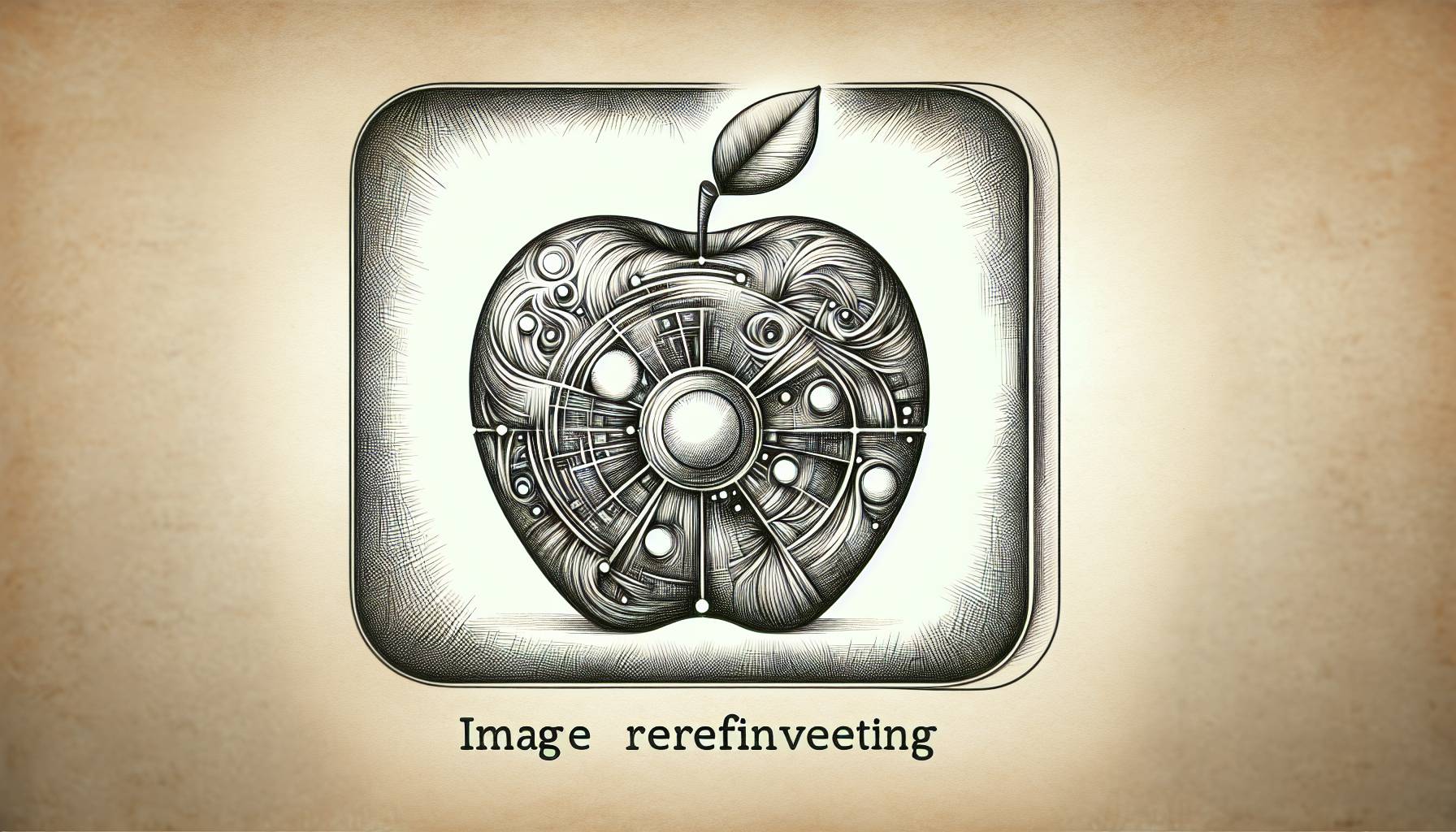Being the developer of a photo app for the iPhone has never been a particular easy fate. So much competition exists within the App Store it can be hard to stand out. But I suspect that developers from Instagram, Hipstamatic, Photogram, and others never expected to find competition from outside of the App Store.
But that’s exactly what’s happened over the past few weeks. First, Apple unveiled its iOS 5 with enhanced photo editing features, making the need for stand-alone photo editing apps just slightly less necessary.
But if that wasn’t bad enough, this week has seen the rise of a rumored “secret” Facebook app that promises to combine elements of numerous photo-sharing apps either under the umbrella of a whole new separate Facebook photo app, or within an updated version of the current Facebook app, that pretty much anyone with an iPhone has already downloaded.
News of the new photo-friendly Facebook app has picked up considerable steam over at TechCrunch, where they’re sharing pictures that suggest an easier ability to share and tag photos, territory that previously belonged to apps like Instagram, at least in the mobile world.
But it’s not co-opting of features like easier tagging that should worry rival developers. Before the Facebook story broke, I had spoken with Timelines CEO Bob Armour about his level of concern that iOS was essentially folding in the feature sets of certain photo apps into its iOS 5 update. Armour made it clear that it’s community, and not feature sets, that would determine which apps rose to the top.
“Technology features alone are typically the least defensible, as they can be more easily embedded into the standard future functionality,” Armour said. “If you can develop an audience/community and/or provide unique content on top of a technology improvement, then you can better defend your position.”
So how do you make yourself stand out?
That’s a great point. At some level, the feature sets of “photo” apps can essentially blend in to one another and what would end up separating the best from the rest is the community of users supporting the app. If two apps functioned the same, but one app had millions of users built in ready to use it, and another was a plucky start-up looking for word of mouth hype, the content from the app with millions of users is likely to be more compelling.
And if the Facebook rumors are true, that might be a big problem for Armour and the rest of his photo app-developing cohorts. It’s one thing when the competition is amongst similar sized companies vying for app notoriety, but what are you supposed to do when Facebook, a company with roughly 600 million active users, decides they want to play in your sandbox?
While this news may be a bit terrifying for these developers, Facebook trying to win photos on the iPhone is a huge win for consumers. Worst case scenario, Facebook’s photo foray bombs and you keep using your favorite photo sharing apps to do whatever you currently do.
But say you find yourself sharing more and more pictures with Facebook’s new addition and you slowly forget you ever even downloaded Color. Well, if I’m a developer of an app like Color, my goal becomes to try and come up with features the Facebook app lacks, something that would be daring and unexpected.
Now multiply that idea by however many craft photo app developers remain out there and the competition for photo app supremacy has suddenly enabled consumers to see new ideas and features born that they never even thought of.
There’s no denying that Facebook’s built-in community of users would make any sort of photo sharing app they put out more than likely enormously successful. But that doesn’t mean it’s time for smaller developers to go home, either. Instead, it’s time to push the envelope and conceive of new ways of discovering photos through mobile tech. To paraphrase a line from one of my favorite movies: If you build it, people will come.












